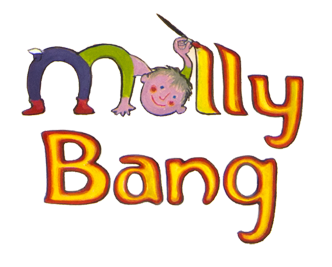
The Goblins Giggle and other stories
First published in 1973
About the Story
The Goblins Giggle is a very funny folktale—and shows a lot of fast thinking on the part of the heroine. How would YOU escape from goblins?
But how did this small collection of folk tales come about?
I had taken my portfolio of pictures to Lee Deadrick, the children’s editor at Scribner’s. Scribner’s offices were on Fifth Avenue above the open stacks of their elegant bookstore and gave me the feeling of having walked into the late-nineteenth century. Lee looked over my portfolio, which included my first version of The Grey Lady and the Strawberry Snatcher, and said she got the sense that I liked scary stories. I said I didn’t really, but maybe I did if they ended happily. So she asked if I might be able to find some scary folktales; if she liked them, I could illustrate them.
Why folk tales? When a picture book is published, the author receives half of the royalties—usually five percent—and the illustrator usually receives the other five percent. So if I were illustrating someone else’s story, I would receive only five percent. I am not a speedy illustrator and five percent would not have been enough for me to live on. But folktales are in “the public domain”, which means that they are so old that no one knows who the author is and so the illustrator of a folktale receives the whole shebang (especially in my case). This is the reason that I, and many others, began by illustrating folktales when they couldn’t make up a good story on their own.
And so I began my first job. Since the stories were scary, I painted them in black and white on grey paper, and made most of them a good deal larger than the book would be, and the book became The Goblins Giggle.
But nobody was ready to publish The Grey Lady and the Strawberry Snatcher… yet. Except for Alan Benjamin.
copyright 2018 by Molly Bang


